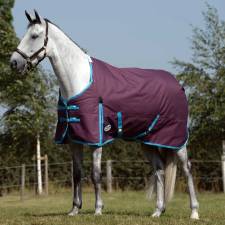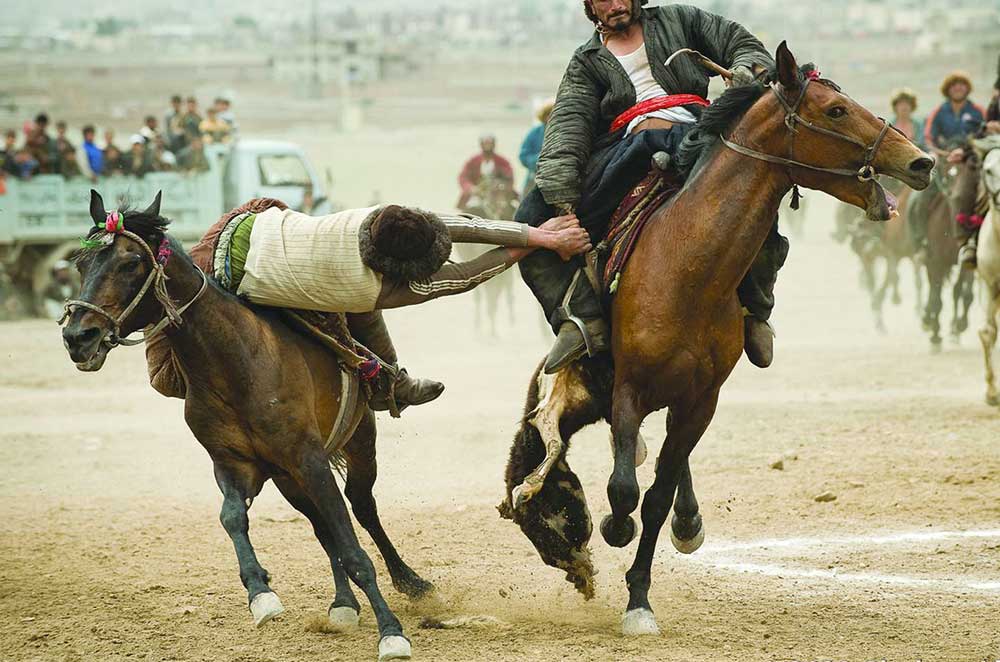
These polo-esque equestrian sports have been the life and blood of the Middle Eastern sports fanatic for the better part of the past millennium.
Since times immemorial, the Middle-East has been more or less the battlefield of the world. With regular conquests by the European Empires like Alexander’s Greek expedition or the Roman Empire’s conquests of invading the flatlands to the much recent American invasion of Afghanistan, the area has seen constant conflicts. Warding off the foreign invaders sooner or later, the Muslim rulers of the region have maintained a strong foothold over the region. One of the greatest strengths of the Ottoman/Persian armies was the exceptional performance of their cavalries. At one point in time, the Middle-East touted to have the best horsemen in the world. The durable and powerful Arabic horses complimented the riders’ ability perfectly.
Moreover, the constantly looming threat of foreign incursion has genetically imprinted a tenacious side on the perennial inhabitants of central Asia, the Turkic Nomads. Being on war campaigns which sometimes stretched out from months to years, the commanders of these large armies of the Ottoman/Persian had to find out viable ways for entertaining thousands of their fighting men. Sports like wrestling and boxing amongst others were relative hits amongst the troops but the community that enjoyed horse riding to a much greater extent felt a need to develop games which also involved the magnificent beast. Gradually, equestrian games which can be best described as archaic versions of Polo gained prominence in the Middle-east and were enjoyed in war times as well as during times of peace.
Most of the games, along with the various traditions involved, have withstood the wrath of time and are still prevalent to this day. The most notable ones, which often make appearances on various international media platforms, are described:
Buzkashi
Considered as one of the most dangerous sports of the world, Buzkashi, is definitely not a game for the weak nor for viewership of the faint-hearted. The sport was so brutal that Afghanistan’s biggest organized militia, the Taliban, banned the sport during its reign, terming it as too barbaric. Stylistically, the gameplay is extremely similar to Polo. The only minor alteration just to make the play a little more interesting is the replacement of the play ball with an animal carcass.
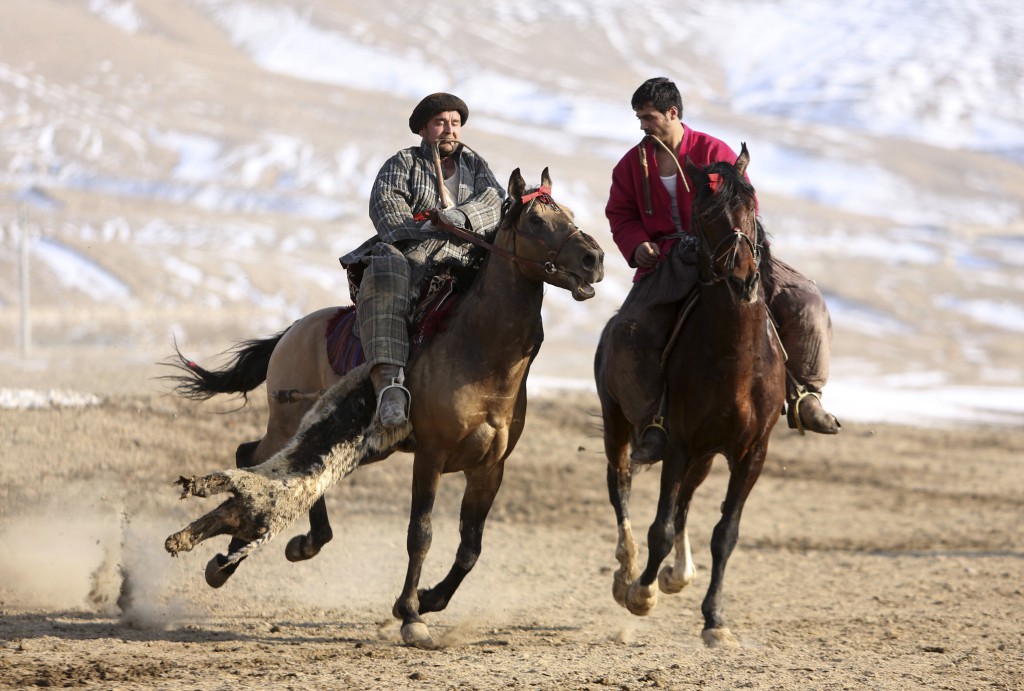
Buzkashi, which literally translates to “Goat Pulling”, began among the nomadic Turkic peoples who came from farther north and east spreading westward from China and Mongolia between the 10th and 15th centuries in a centuries-long series of migrations that ended only in the 1930s. From medieval times until recent decades, buzkashi has remained a legacy of that bygone era.
Playing Buzkashi with tough veterans of the sport (The Chapandaz) will see the belligerents incur severe harm physically. The objective of the game is brutally simple. Get control of the headless carcass and bring from the center to the scoring area. Two things (apart from the hurling of the dead animal) give this game its fearsome reputation. First of all, it is nearly impossible for a newbie to get a hold off the carcass as the master players called chapandaz become so fiercely dominant in the game that they won’t even let others near. Becoming a chapandaz isn’t an easily accomplished task. One needs to undergo rigorous training along with their horses. In fact, the best chapandazs are usually over the age of forty. In fact, a Buzkashi player usually attains the title of Chapandaz after crossing 40 years in age.

Secondly, when you get the possession of the carcass, 5 other players would be breathing down your neck and are allowed to use any means to secure the possession for themselves.
The unique sporting spectacle is now recognized as the national sport of Afghanistan, where exhibition matches/tournaments are held every Friday for scores of cheering crowds. The competition is fierce, and the winner of a match receives prizes that have been donated by a sponsor. These prizes range from money to fine turbans and clothes.
Jereed
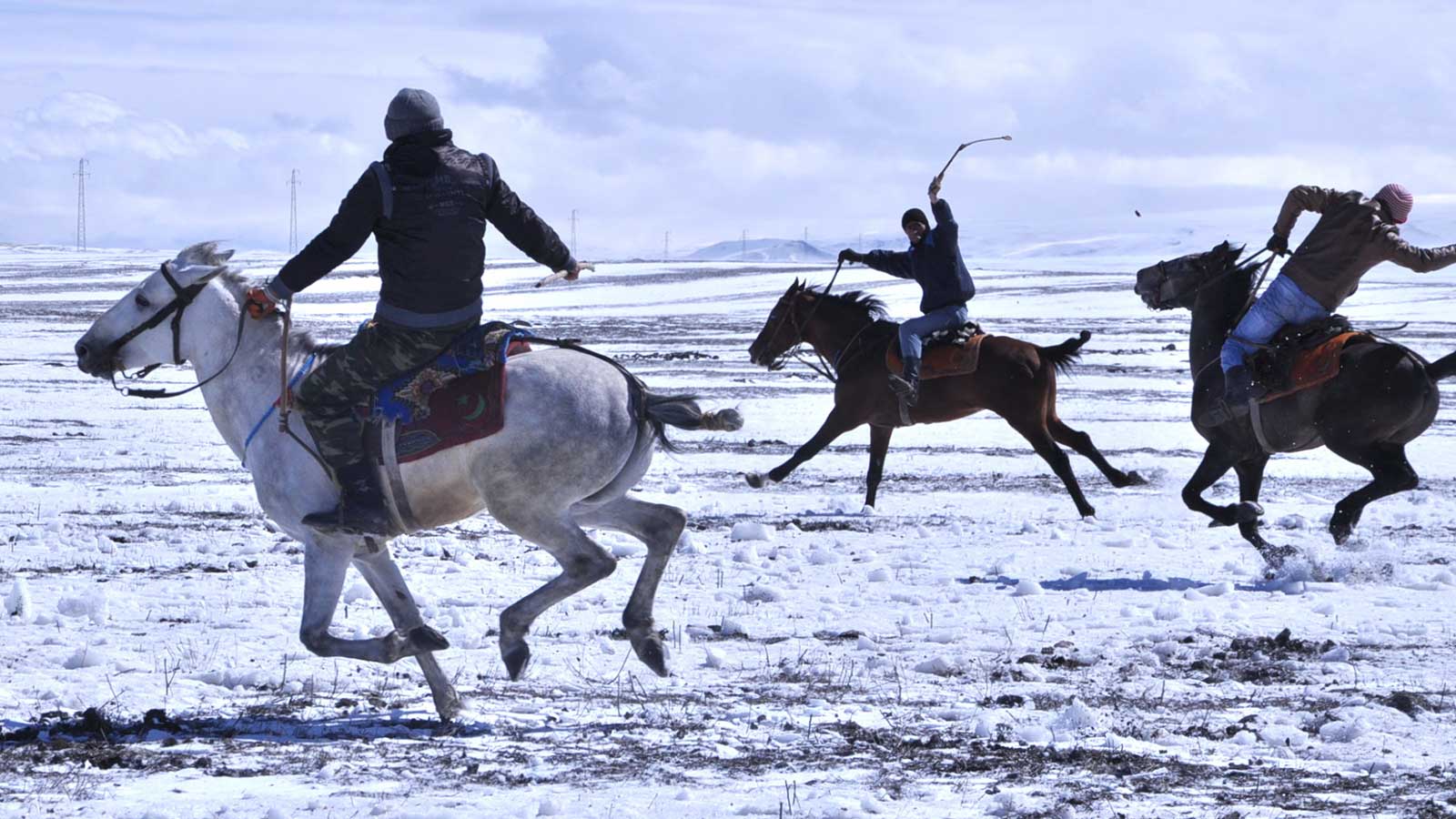
One of the very first equestrian sports in the world, Turkish Cirit also called “Jereed” is one of the most popular games in Turkey. Jereed was developed by the Turks around 1071 as a leisure activity. Later in the 16th century, Ottoman Turks accepted it as a war game, and it gained a widespread following from that time onwards. In peacetime, the game was played to improve the cavalry's attack and defense skills, and during campaigns to whip up their enthusiasm for battle. The game is played between two teams and the main objective of the game is to strike a retreating opponent with a wooden javelin (Jereed). The teams are formed by six, eight or twelve players, standing on opposite sides of a field marked within a square of 70 to 130 meters. There are three "end zones" of about six meters deep at each end of the field, being a team's waiting area, thus meaning a neutral zone and the opposing team's throwing area. Each team has its own flag. The horses should not be younger than four years of age. A medium height horse is preferred because taller horses are not quick to maneuver therefore most suitable ones are Arabian and Turkoman horses.
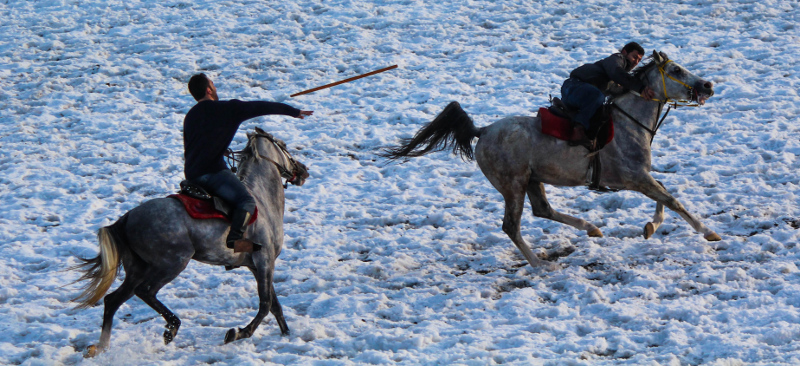
At the beginning of the game, it is traditional for the youngest rider to trot towards the opposing team, shout the name of a player and at a distance of 30 to 40 meters toss his Jereed at that player challenging him to enter the game. Then, he gallops back to his side; meanwhile, the challenged player pursues him and throws a Jereed at the fleeing player. Another player from the first team comes out and meets the retreating rider. The player from the second team starts riding quickly to his corner and takes his former place. This time, his rival chases him and throws a Jereed at him. The fast-charging chase game goes on in two 45-minute periods. A player wins points when he manages to hit his rival with the stick, or ride him out, or catch an incoming jereed in mid-air. He will get negative points for actions that might endanger the horse, such as riding out of bounds or striking a horse intentionally; falling off his horse; throwing the stick from inside the neutral zone; or throwing from closer than five meters during the pursuit. Referees posted at the center line and at each end of the field award both positive and negative points with their flags.
This process of chasing and fleeing, while trying to hit an opponent with a stick, is the essence of the game, which requires skill and sportsmanship. To hit the horse instead of the rider, which is regarded as a sign of inexperience, is against the rules, and causes the offender to be sent off the field.
Chovgan
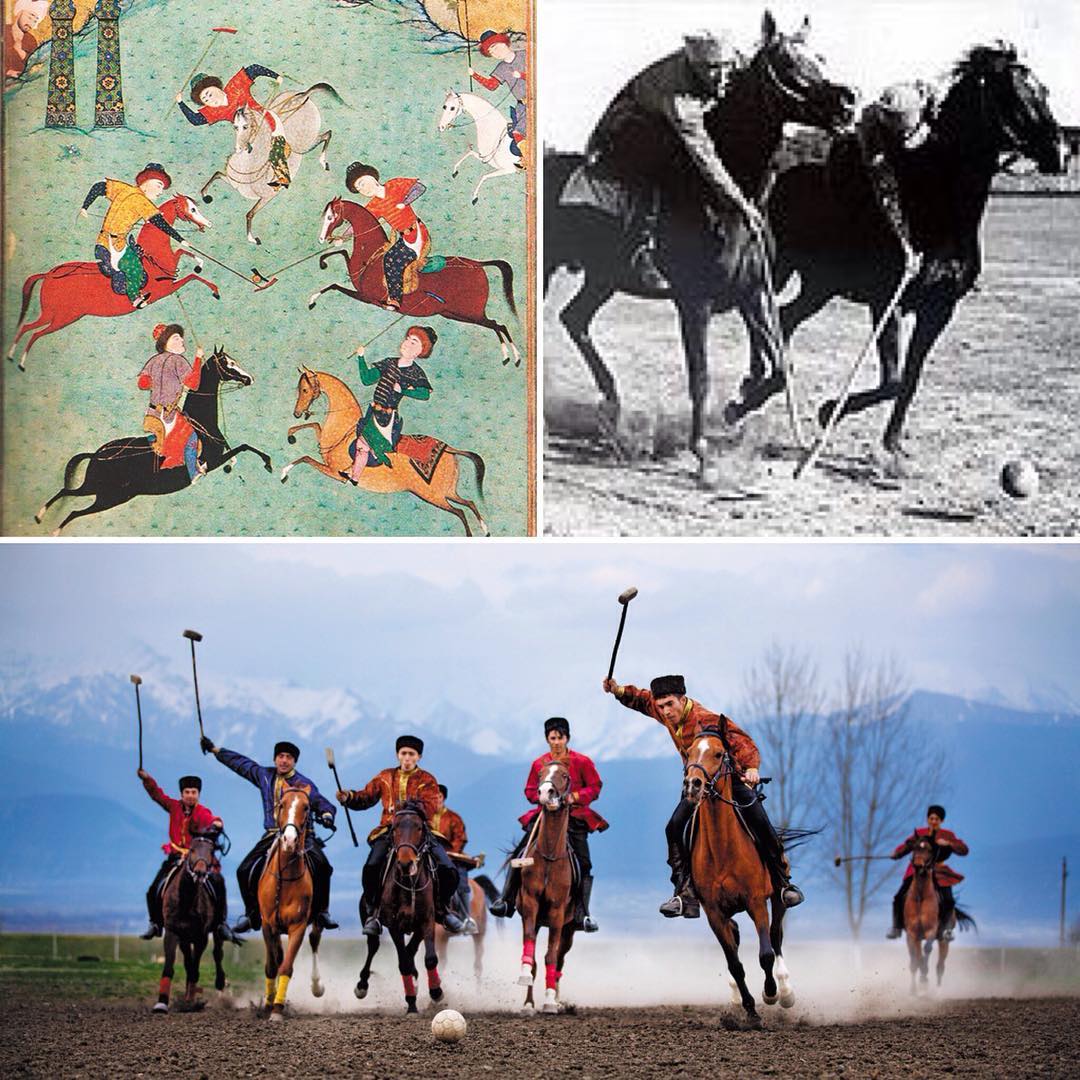
Azerbaijan’s national sport, Chovgan, can be recognized as the closest ancestor to the modern sport of Polo. Incepted by bureaucratic leaders of the Turk and Persian Empires, the ancient sport’s roots date back to early 600 AD. It was reserved as a leisure sport for the ruling class for the better part of the millennium but the peasant class had audience access to the sport. The sport’s popularity increased exponentially; it gradually spread to surrounding empires of the Persian Empire. This was the sport that was brought in India by the Mughals and ultimately became Polo.
The match proceedings usually begin with a march past by the musical bands in Azerbaijan
The sport is extremely close to Polo but varies slightly in rules. In Chovgan, two teams of five on horseback are pitted against each other on a flat, grassy field. The aim is to hit a type of ball through a 10 feet goal using a wooden mallet. Each team has two players acting as defenders and three forwards. The defenders are restricted to their area on the field, while the forwards try to score from outside the penalty area. Over the years, the rules, dimensions of the playing area and the size of the goalposts have changed. But one thing remains a type of folk music called janghi that serenades the Chovgan players.
One can make an argument that all of these sports are,at least, at par in popularity with polo in the Middle Eastern region, if not more. All of these sports have a strong following in the Middle Eastern region to this day. The players are treated as national heroes and the games are often played for the delight of thousands of cheering crowds at the times of celebrations. With music that is best enjoyed with the gameplay, witnessing these games is quite a special experience.
This article originally appeared in LA Polo and is published here with permission.
Find more about this sport in our section on Polo and other stories in our section on Recreation & Lifestyle.










